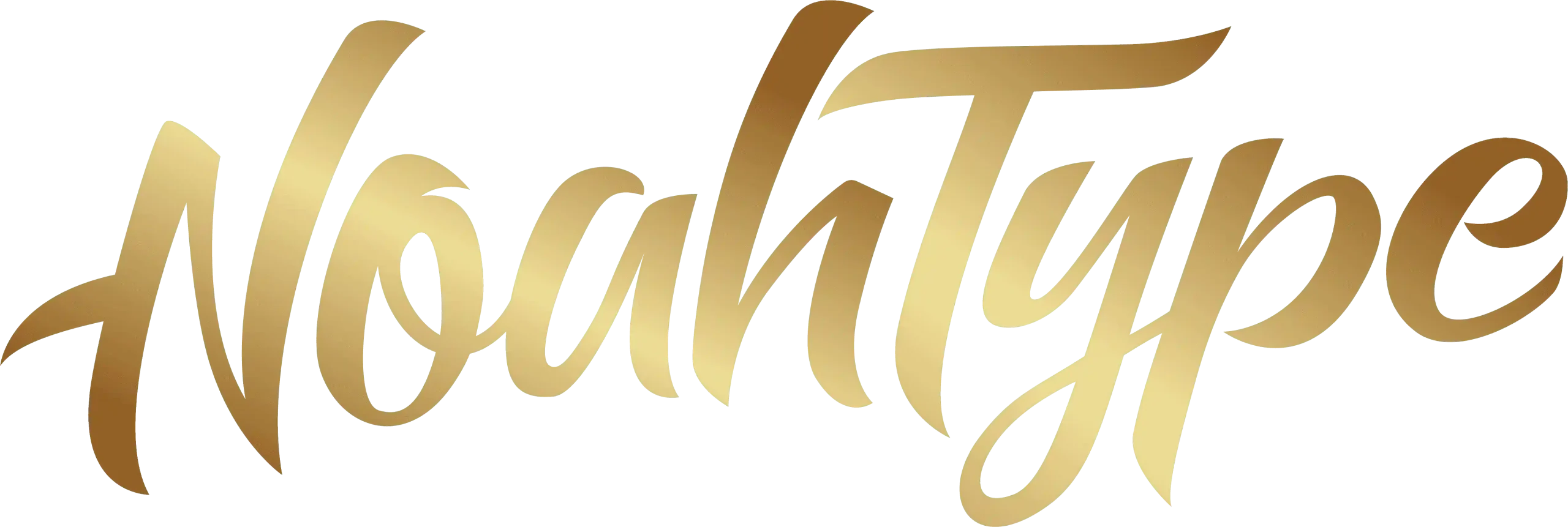Different Types of Serif Fonts and Their Unique Classifications
Table of Contents
- Introduction: Why Serif Fonts Matter
- Core Classification Systems in Typography
- Main Serif Categories
3.1 Old Style (Humanist / Garalde)
3.2 Transitional
3.3 Modern / Didone
3.4 Slab Serif
3.5 Clarendon
3.6 Glyphic / Lapidary - Sub-classes, Hybrids, and Specialty Serifs
- How to Choose a Serif for Your Design
- Examples from Noahtype: Fonts You Can Use
- Conclusion

1. Introduction: Why Serif Fonts Matter
Serif fonts have long been a cornerstone of typography. Their finishing strokes — serifs — improve readability and lend sophistication. Over centuries, designers classified serif fonts into distinct groups, each with unique traits.
At NoahType, we not only design and sell diverse fonts but also believe that understanding serif classifications helps designers choose the right typeface for every project.
2. Core Classification Systems in Typography
Typography experts often divide serif fonts into categories: Old Style, Transitional, Modern (Didone), Slab Serif, Clarendon, and Glyphic. Each category is defined by stroke contrast, serif shape, and axis stress.
Reference: MyFonts on classifications
3. Main Serif Categories
3.1 Old Style (Humanist / Garalde)
- Diagonal stress axis, bracketed serifs, moderate contrast.
- Inspired by Renaissance handwriting.
- Best for long-form reading and timeless branding.
3.2 Transitional
- Upright stress, more stroke contrast, refined serifs.
- Famous example: Baskerville.
- Great balance of readability and elegance.
3.3 Modern / Didone
- Vertical stress, extreme contrast, thin hairline serifs.
- Examples: Bodoni, Didot.
- Perfect for fashion, luxury, and bold headlines.
3.4 Slab Serif
- Block-like serifs, minimal contrast, bold presence.
- Popular in 19th-century advertising.
- Excellent for posters and logos.
3.5 Clarendon
- Bracketed but heavier serifs than Old Style.
- Decorative yet highly readable.
- Works well in signage and branding.
3.6 Glyphic / Lapidary
- Flared or triangular serifs resembling stone carving.
- Low contrast, strong stability.
- Great for monograms and architectural identity.

4. Sub-classes, Hybrids, and Specialty Serifs
Modern typography includes hybrids like Tuscan, Flared, Rounded, or variable serifs. Designers often blend traits to create unique typefaces.
Reference: Penji – Different Types of Serifs Explained
5. How to Choose a Serif for Your Design
- For readability: Old Style or Transitional
- For luxury branding: Modern / Didone
- For bold headlines: Slab or Clarendon
- For heritage or gravitas: Glyphic
Always test across mediums — print, web, and mobile.
6. Examples from Noahtype: Fonts You Can Use
To help you apply these classifications, here are some serif fonts from our own collection:
- RageSoul Elegant and Luxury Font — A modern serif display font, ideal for luxury branding (Modern/Didone).
- Queen California Font Duo — A beautiful combination of a serif display and script, perfect for editorial or packaging (Transitional + Decorative).
- Mogia Modern Serif Font — A refined modern serif with high contrast, great for logos and headlines (Didone style).
Explore more in our Serif Fonts Collection.

7. Conclusion
Understanding Different Types of Serif Fonts and Their Unique Classifications allows designers to use typography with intention. From Old Style’s warmth to Slab’s boldness, each serif family adds distinct voice and texture.
At NoahType, we’re passionate about creating fonts that not only look beautiful but also serve practical design needs. Browse our catalog to find the perfect serif font for your next project.
